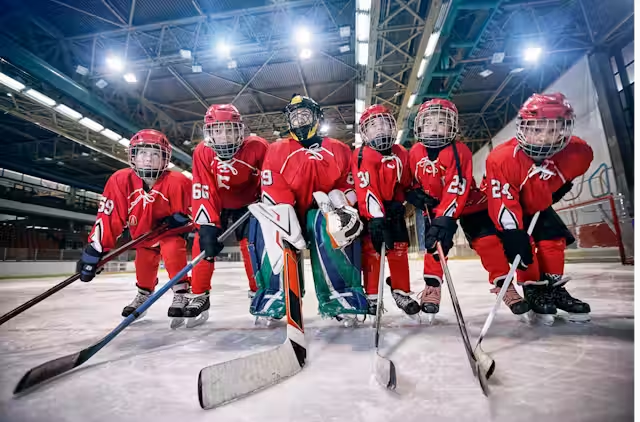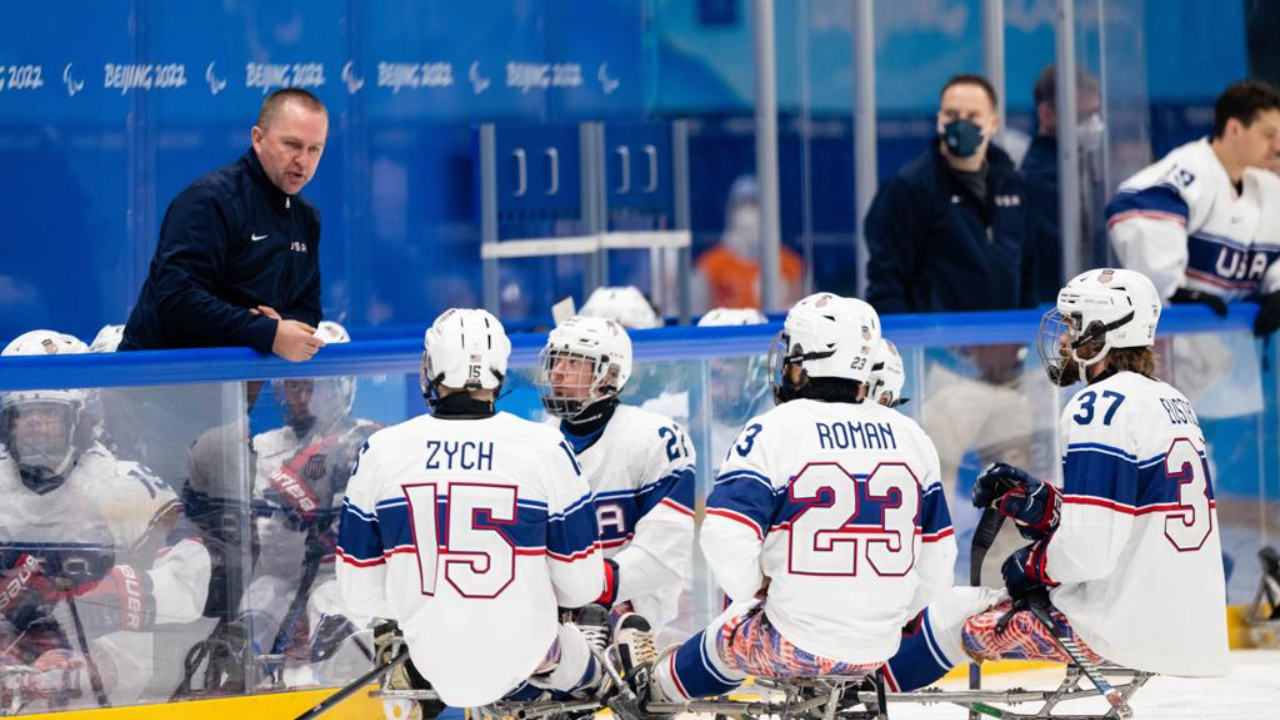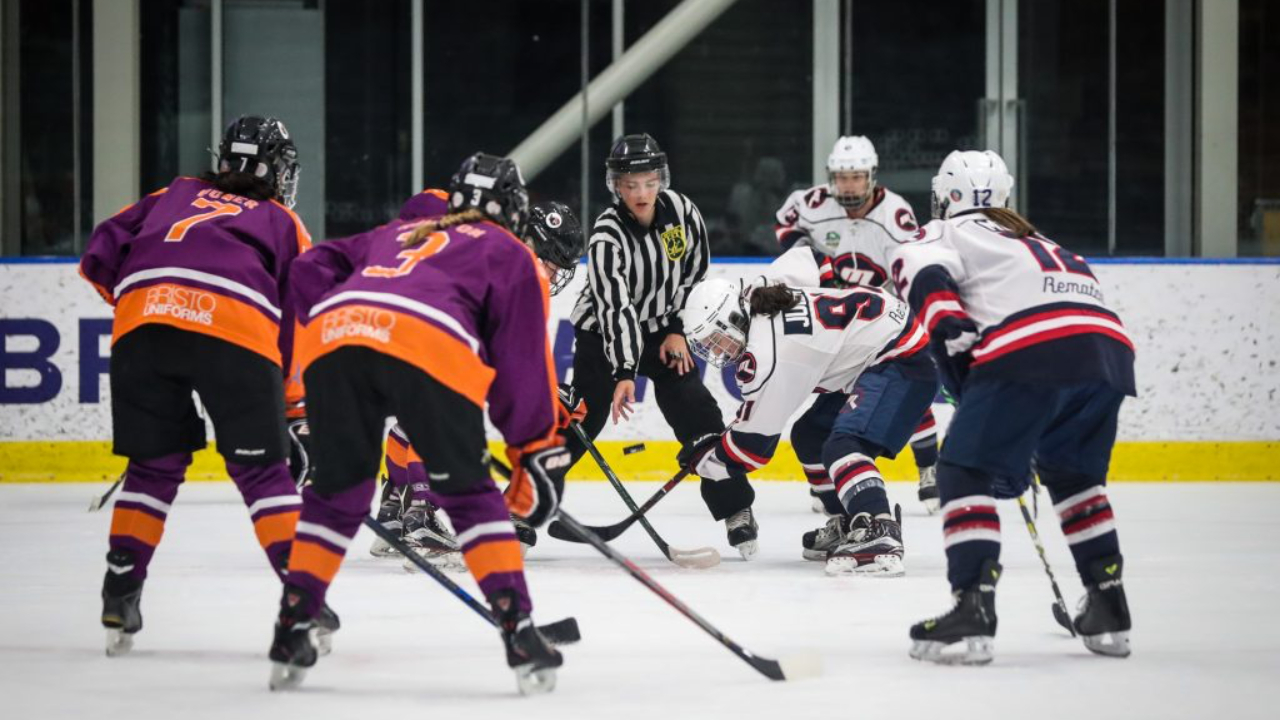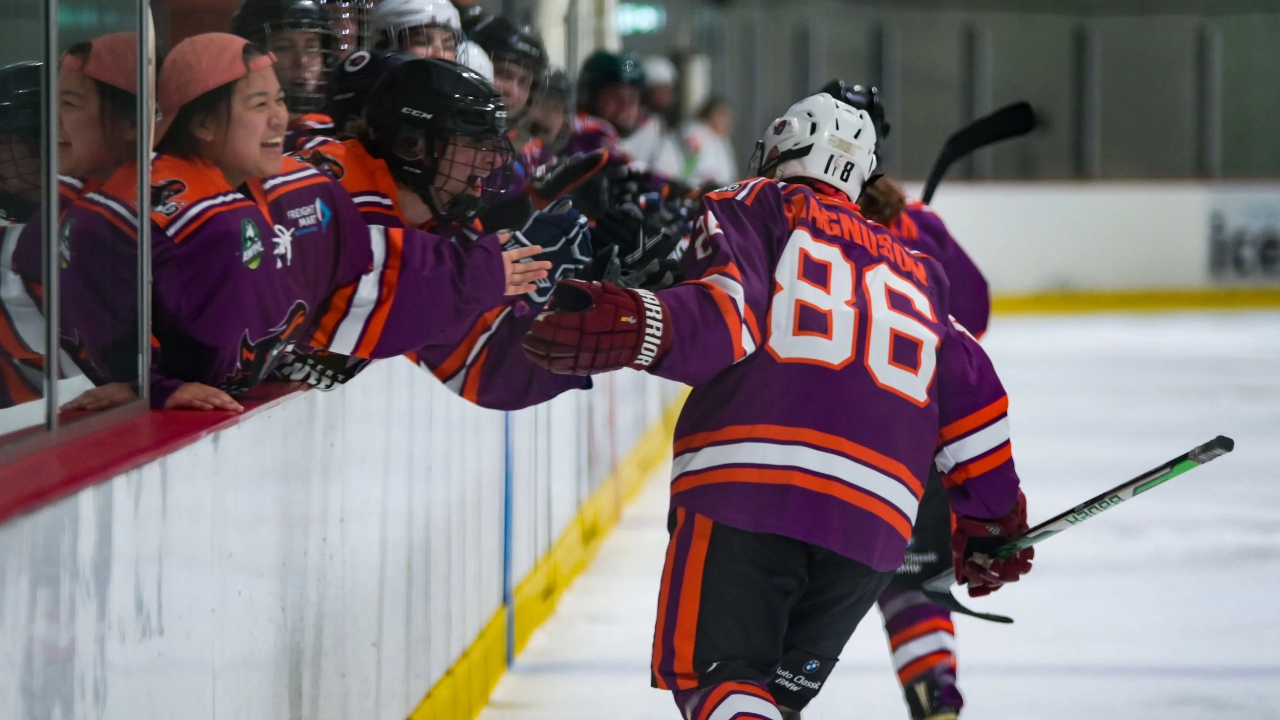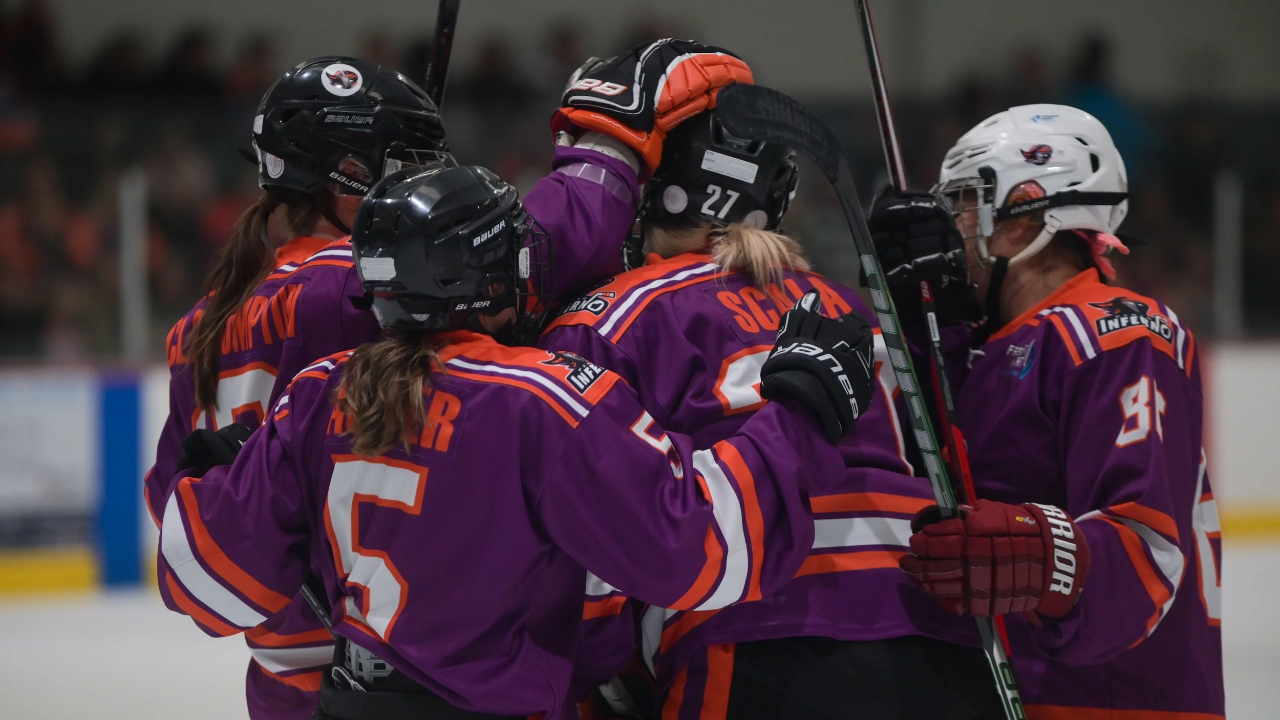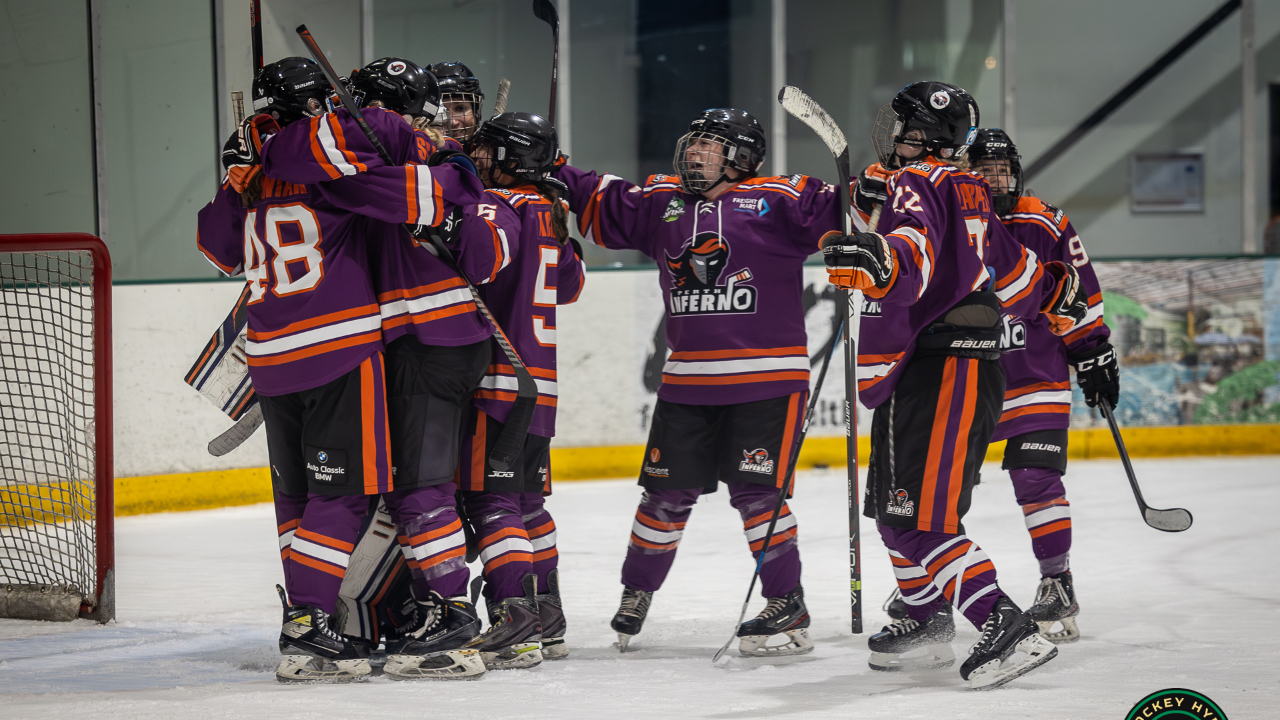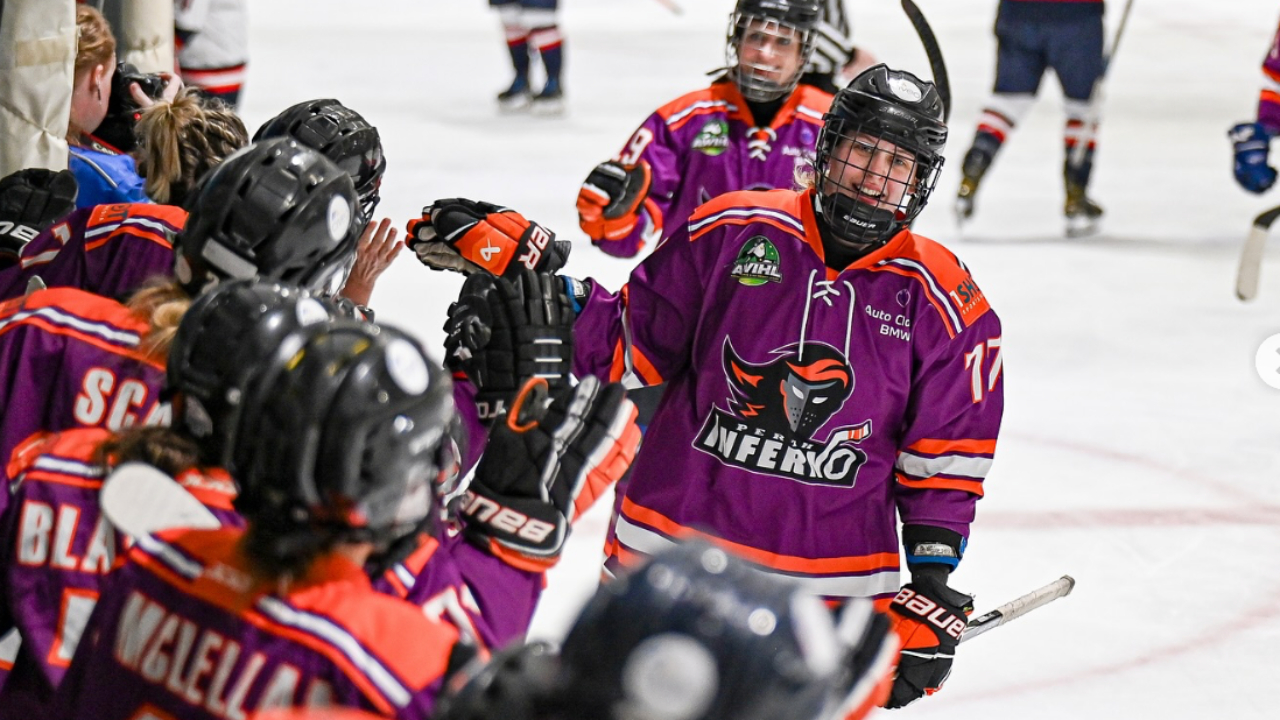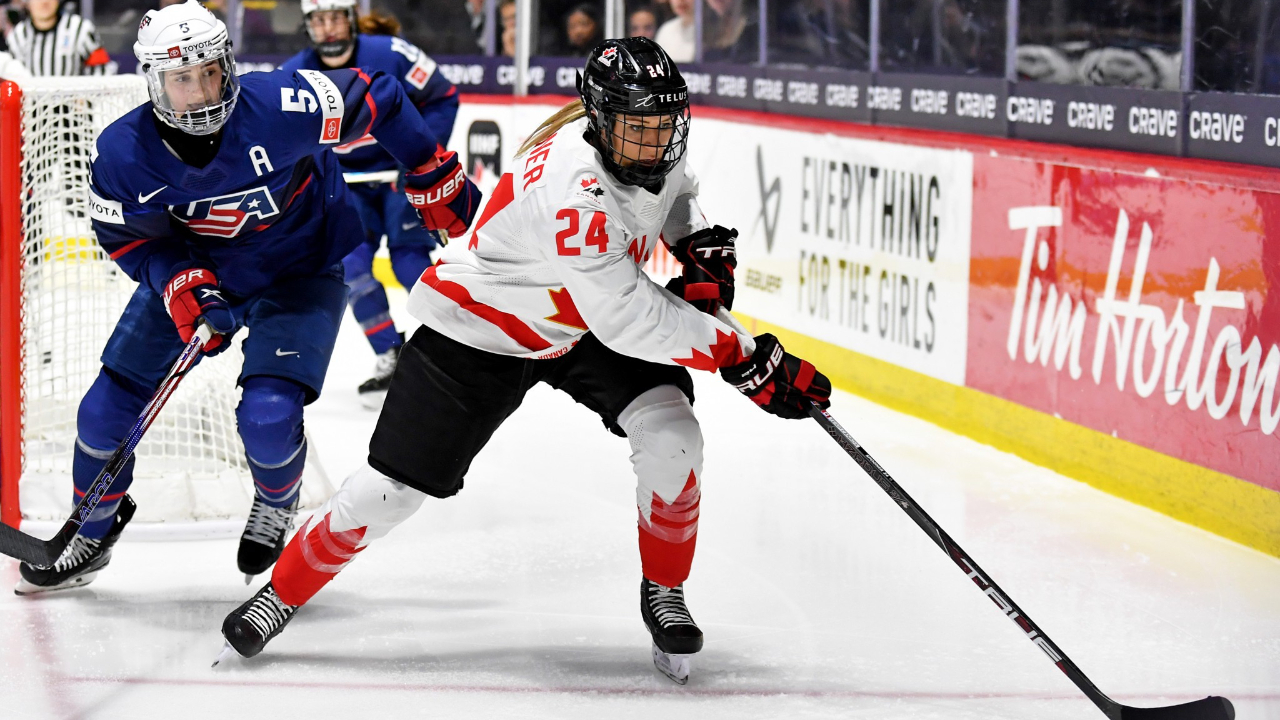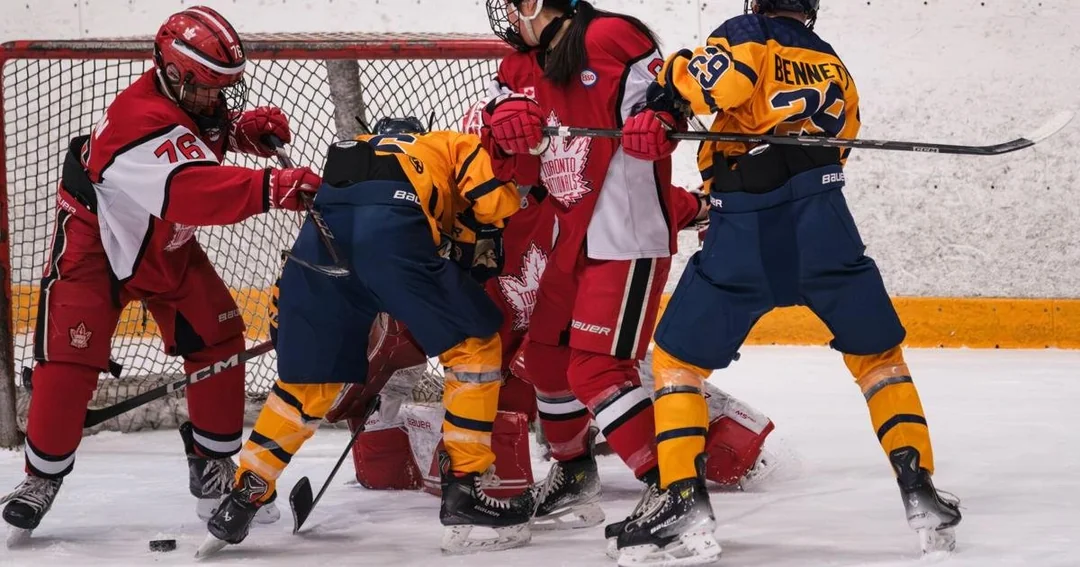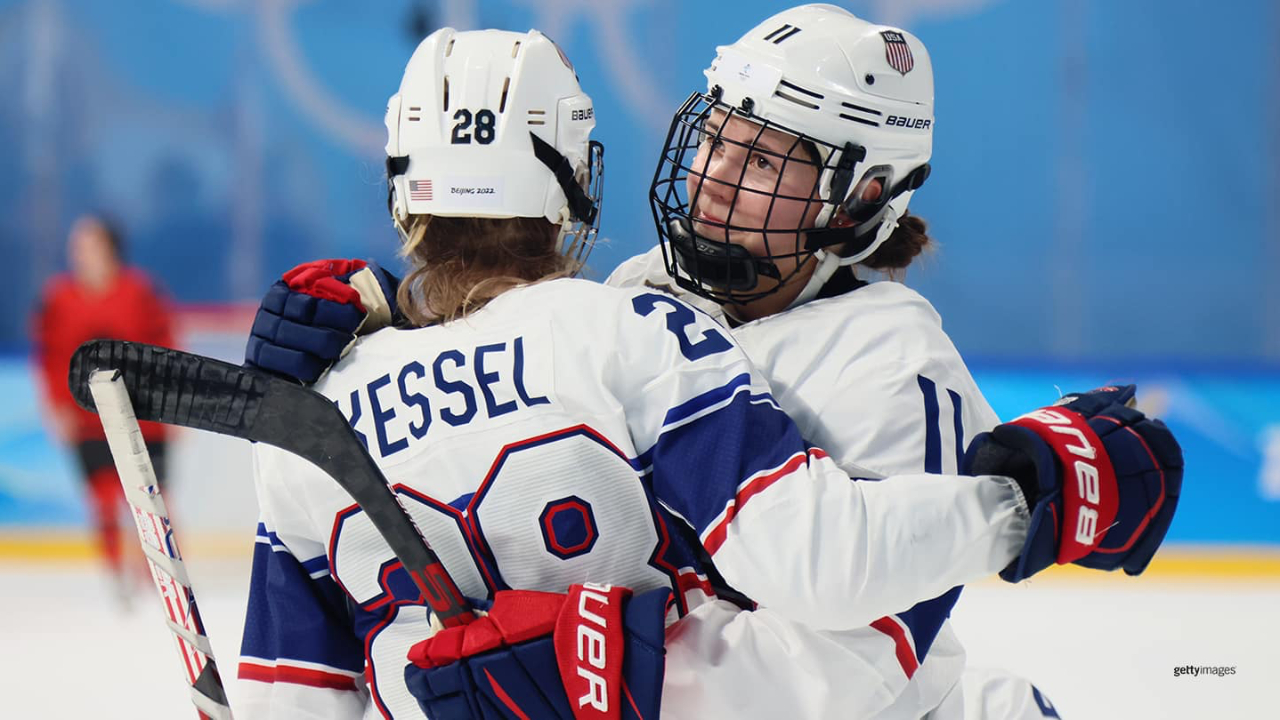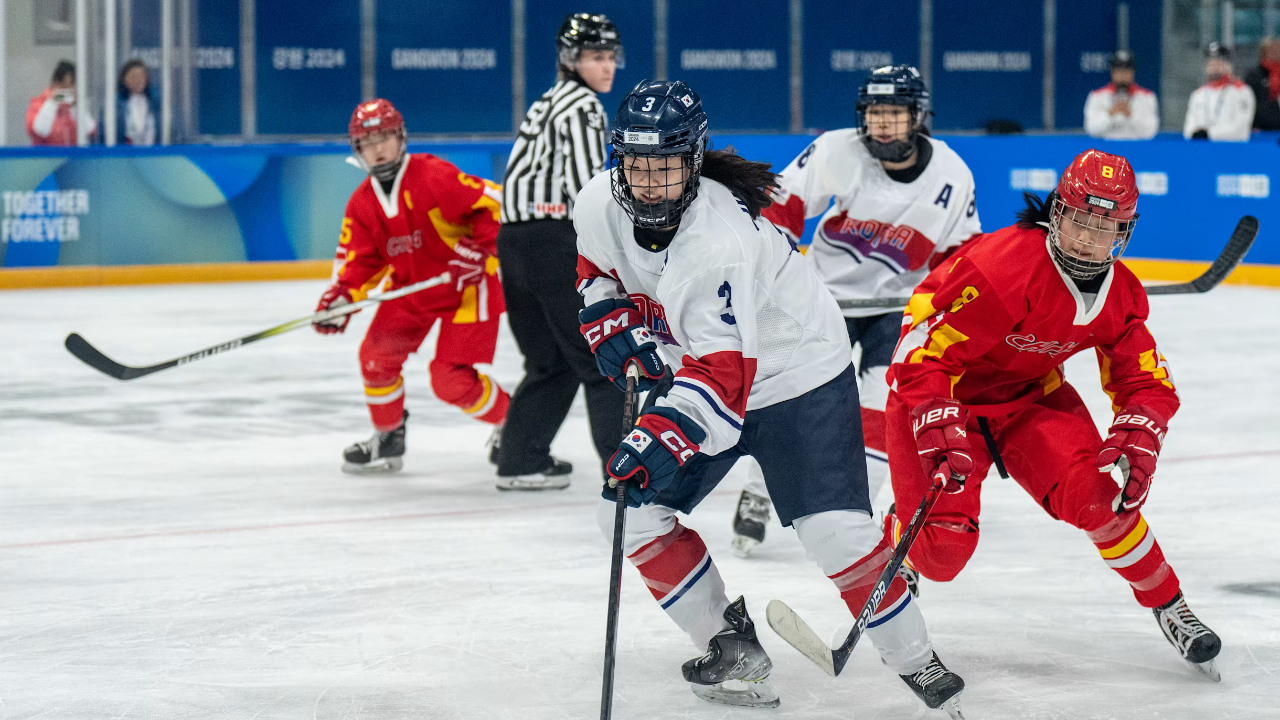
The Adaptive Coach: Designing Environments That Think Back
(1:5) How We Think, How We Play
By Coach Barry Jones – IIHF Level 3 High Performance | USA Hockey Level 3 Performance | Head Coach, Perth Inferno (AWIHL)
- Part 1 - The Adaptive Coach : How We Think, How We Play
- Part 2 - The Adaptive Coach : Designing the Map – Creating Safety in Chaos
- Part 3 - The Adaptive Coach : Safe to Fail – Coaching the Sequential Mind in an Ecological World
- Part 4 - The Adaptive Coach: Applied Chaos – Stories from the Ice
- Part 5 - The Adaptive Coach: Adaptable Reflection – Creating Environments That Learn in Real Time
The Conversation Behind the Chaos
Over the past week, I sat down with every player from the Perth Inferno, one-on-one, for twenty minutes each. No drills, no video. Just conversations about life, the program, and how they saw themselves inside it.
What surprised me wasn’t what they said about hockey, but how they described how they think.
Almost every one of them, independent of position, age, or experience, told me they like to approach problems like a checklist: gather information, tick off each task, and complete the sequence before feeling confident to improvise.
When I asked the same question to a group of male athletes earlier in the year, the answers were different. They tended to look at the whole picture first, “figure it out as I go.” They didn’t need to complete the list before acting.
Both groups wanted to succeed.
They just took different cognitive routes to get there.
Different Doesn’t Mean Divided
This isn’t about ability or intelligence, it’s about orientation.
Female athletes often build confidence through clarity before action. Male athletes usually make it through action before clarity.
Each strategy is valid. One isn’t cautious, the other reckless; they’re both problem-solving systems designed for different emotional starting points.
As coaches, our job isn’t to choose one path. It’s to design environments where both can coexist.
The Master Plan: Chaos Needs a Compass
In an ecological program, we talk a lot about letting athletes “self-organise.”
But freedom without framework isn’t freedom, it’s confusion.
That’s why every season I build what I call a master plan, a living map built from our habits, themes, cultural identity, and ecological philosophy.
It’s not a drill book. It’s a compass.
For the sequential reasoners on our team, the ones who find security in knowing why before they explore how, that master plan becomes the structure inside the storm.
They don’t need a script; they need orientation points.
Treasure Maps, Not Prescriptions
When we step on the ice, I often reframe a task by explaining why we’re doing it rather than just what we’re doing.
That small shift, context before chaos, creates what I call a temporary framework.
Think of it like handing players a treasure map instead of a set of directions.
The map doesn’t tell them every turn to take. It just marks the landmarks that make the unknown safe enough to explore.
Inside a nonlinear environment, that’s gold.
Because when a player understands the purpose, they can navigate ambiguity without fear of being wrong.
When the Task Fails
Not long ago, I ran a session on player support using our Role Ecology framework around net-front play.
I pushed the progression too quickly, trusting perception–action coupling alone to guide learning. I didn’t explain the reasoning or the link to our H.E.A.T. identity.
The task broke down.
I moved on, noting what failed and why, a typical ecological adjustment.
But my players didn’t move on so easily. The sequential reasoners wanted to know why it failed. They carried the failure personally, not informationally.
That was my moment of clarity: in a psychologically safe space, understanding is part of the safety.
If I give them the “why,” failure becomes data. Without it, it becomes self-blame.
Coaching in Two Languages
Great coaching isn’t just bilingual in tactics, it’s bilingual in cognition.
Some athletes think in loops, others in lines. Some need the map, others the freedom to wander.
When we design through both, our environment stops dividing by gender and starts uniting by human diversity.
Closing Reflection
The longer I coach, the more I realise that “safe to fail” isn’t a slogan.
It’s a design principle.
And for many of our female athletes, that safety begins not in the task, but in the clarity that frames it.
Different isn’t deficient.
It’s data, and it’s our job to coach in a way that lets every mind find meaning in the chaos.
“In an ecological system, safety doesn’t come from control, it comes from clarity.”
Author Bio: Barry Jones is an IIHF Level 3 High Performance Coach and USA Hockey Level 3 Performance Coach. He currently serves as Head Coach of the Perth Inferno (AWIHL) and leads the women's Blaze Development Program. His coaching philosophy blends ecological dynamics, nonlinear design, and athlete-centred leadership to build adaptive teams that thrive in chaos.

